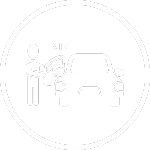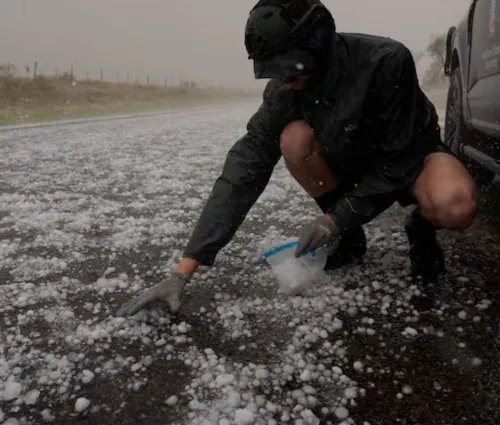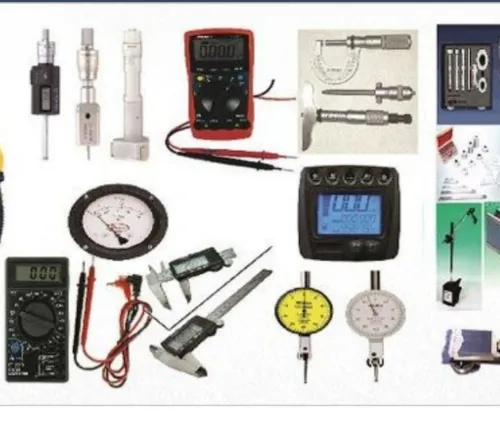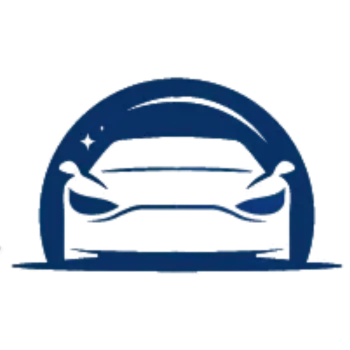Complete hail inspection guide, essential tips
Inside a Pro Hail Inspection: Detailed Step-by-Step Overview

FSDAVCFEBFEVSDDVFSD

FSDAVCFEBFEVSDDVFSD

FSDAVCFEBFEVSDDVFSD
Why a truly thorough hail inspection really matters

After a heavy hailstorm, dents on the roof and hood are only the damage you can see. Beneath the paint, metal can stretch, sensors may loosen, and seals might leak. A professional inspection reveals these hidden issues before cost estimates are written. Skipping the check can lead to surprise costs and a longer repair timeline later.
Technicians trained in paintless dent repair work under special lighting that shows even coin-sized lows the eye misses outdoors. They document every dent by panel, measure metal thickness, and record glass chips or trim scuffs. This precise map keeps insurers honest, prevents missed damage from surfacing after repairs, and lets you plan rental days realistically. In short, a careful inspection saves money, time, and warranty protection for years down the road and stress too.

Key Steps Involved in the Hail Inspection Process
When you arrive, the advisor starts with a brief walk-around under normal shop lighting, noting obvious bruises on the hood, roof, and beltline. Next, they record your mileage, VIN, and existing scratches unrelated to hail. This baseline protects both parties and creates a clear hand-off sheet for the technician who will do the detailed scan.
The vehicle is then driven into a clean, climate-controlled bay. Overhead LED light boards flood each panel with crisp lines; any dent bends the reflection, making depth easy to measure. Technicians use mirror rods and soft rulers to determine whether metal has stretched or remains elastic enough for paintless dent repair, recording results in tablet software linked to estimating systems.
The inspector removes select trim pieces, sometimes a tail-lamp or under-hood liner to look for backside damage, cracked seam sealer, or water tracks. Photos of each finding attach directly to the line item in the estimate, providing proof for insurers and a repair roadmap for the PDR team. The whole process takes about thirty minutes and prevents costly surprises later downstream.

Lighting and precise measurement tools explained in detail
LED reflection boards are the backbone of a professional hail damage inspection. Each board projects a tight stripe pattern across the car. Where metal is perfect, lines stay straight; where hail strikes, they ripple. Because the boards are portable, technicians can position them at multiple angles to catch dents on curved roofs and near window openings.
Paint thickness gauges come next. These magnet or ultrasonic tools read microns of clear coat and primer. If numbers are too low, the panel may have factory thin spots at risk of cracking; if too high, it might hide past repairs that complicate new PDR work.

Digital dent readers round out the toolkit. Using small suction bases, these devices laser-scan depressions and create three-dimensional maps with depth measurements down to tenths of a millimeter. The data exports into estimating software, translating raw counts into repair hours instantly. That accuracy prevents lowball quotes that force supplements later and keeps claim negotiations short and clear.
Moisture meters are another quiet hero during hail evaluations. Technicians press the probe against headliners or under-carpet padding to check for water intrusion caused by cracked roof seams or chipped paint that broke clearcoat. Catching moisture early allows sealant application before rust forms. It also shows insurance that hidden corrosion risk exists, justifying extra labor for seam resealing if needed.
Mobile estimating tablets tie every tool together. Inspectors snap photographs, annotate dents directly on digital blueprints, and sync the file with CCC or Audatex platforms while you watch. This live transparency reduces back-and-forth phone calls later. You leave with an emailed report that lists dent counts per panel, glass damage, parts requiring removal, and a repair timeline you can forward to any adjuster instantly. Having that document on hand speeds rental approvals, proves condition if new weather strikes, and gives leverage should factory warranty questions arise during resale inspections.
Hidden hail damage many vehicle owners frequently overlook
Roof rails often hide stretched metal between braces that lies flat to the eye but buckles when a straightedge is placed across it. Technicians slide thin feeler gauges under the rail to detect gaps, then list the area for corrective glue pulls or brace removal during repair. Overlooking this step can leave ripples that appear months later.
Windshield pillars present another trap. Because glass deflects hailstones, the impact energy travels into the narrow steel channel beside it, creating micro dents that blend with the factory texture. A trained inspector uses oblique lighting to catch these shadows. Repairing pillars early prevents rust flakes that could weaken the bond between future replacement windshields and the frame.
Plastic bumper covers may also suffer hidden bruises that only appear as faint distortion. Inspectors warm the plastic slightly and watch for gloss changes that signal stressed material. Documenting bumper damage matters because insurers often exclude plastic in initial estimates. Including it from the start secures coverage for repaint or replacement, keeping color match and warranty intact for your vehicle.
How inspection findings directly influence your insurance claims
After inspection, the estimator uploads dent data into CCC. The software calculates labor hours, R&I tasks, and paint materials if needed. Technicians then review each line, adding notes for roof bracing or glass chips so the insurer sees a complete, defensible repair plan upfront today.
Photos and measurements are attached to every line item. This evidence speeds adjuster approval because it removes guesswork. When hail season hits hard, claims desks are flooded; clear documentation helps your file rise to the top, gaining authorization for parts, rental days, and supplemental review.


If your insurer uses a direct-repair network, the shop may submit electronic supplements later when hidden dents appear during metal movement. Because the original inspection is thorough, these additions are rare, letting the repair stay on schedule and keeping rental fees within policy limits too.
Missouri drivers often fear that filing a claim will raise premiums. Detailed inspection reports help by proving a single weather event, not neglect. Many companies classify hail under comprehensive coverage, which usually does not affect rates. Having the inspection on record also protects you if another storm strikes later; adjusters can separate old dents from new ones and cover the fresh damage fully. Keep the PDF with your maintenance files and email it to your agent right away. That small step can save you hundreds in disputed coverage and paperwork.
Schedule Your Free Hail Damage Inspection Appointment Today
At Dentex Midwest, inspections cost you nothing and take less than forty minutes from drive-in to results. You can wait in the lobby with Wi-Fi or drop the car off during lunch. We photograph each panel, measure paint, and hand you a printed summary the same day. There is no obligation to book repairs, and your information remains private unless you choose to file a claim.
Spring appointments fill quickly, so scheduling ahead guarantees a slot when the next storm warning appears. Use the online calendar or call the front desk, and we’ll send a text reminder twenty-four hours before your visit. For fleets, our mobile team can perform group inspections at your yard, reducing downtime and keeping trucks compliant with leasing guidelines.
Remember that an early evaluation locks in the storm date on record, expediting insurance approval if more hail arrives later in the season. It also allows us to order any needed trim clips or windshield seals in advance, shortening total repair time. Whether you choose full paintless dent repair with us or another shop, having a clear, professional inspection in hand is the smartest first step toward safe, accurate, and fairly priced hail restoration this storm season.

Dentex Midwest
Professional Hail Repair & PDR
Stay Up-to-date With Our Content
Subscribe to learn more about our mission!
Stay Up-to-date With Our Content
Subscribe to learn more!
Contact Info
Service Hours
Social Media
Home
Services
Service Areas
Blog
About
Contact
Contact Info
Service Hours
Mon - Fri: 8:00 am – 6:00 pm
Saturday: by Appointment
Sunday: Closed
Social Media

Licensed, bonded, & insured